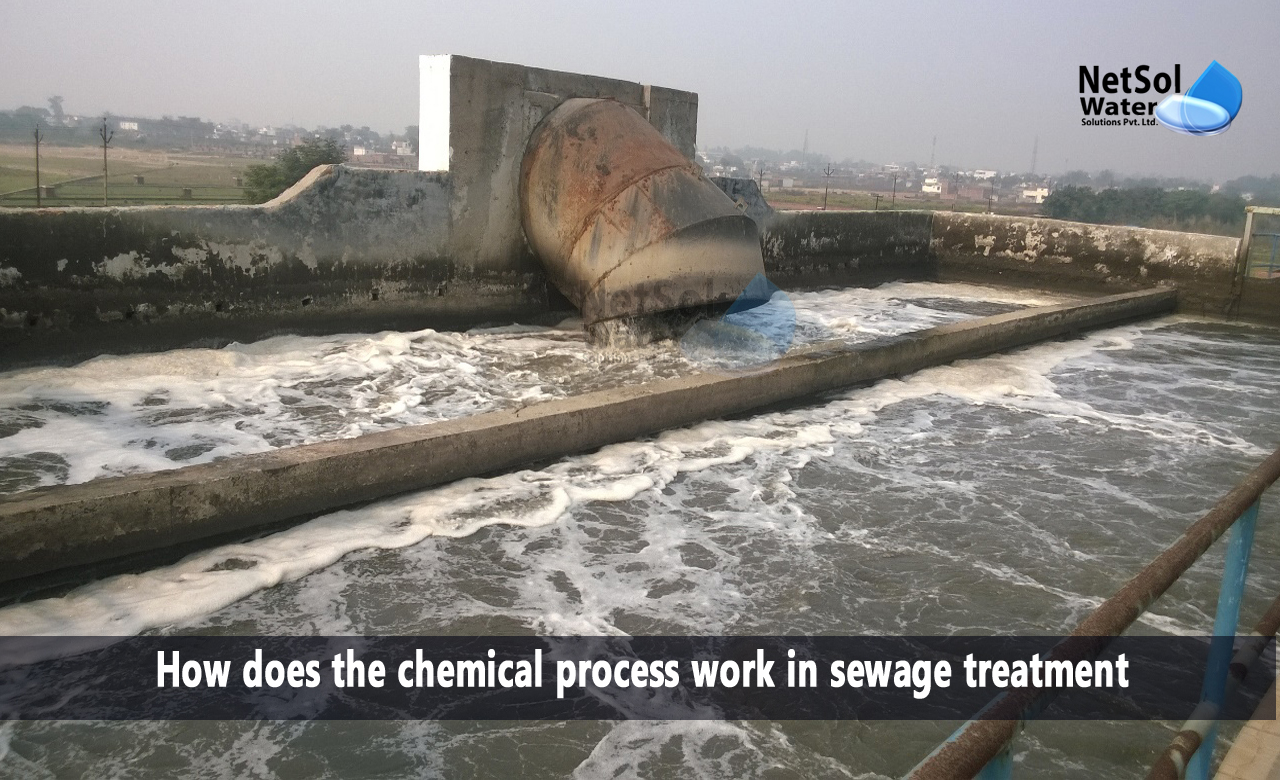The treatment of sewage is a requirement for many industries. Governments have rigorous laws and rules in place to stop polluted runoff, from harming the environment and ecosystems.
Fortunately, a variety of diverse chemical procedures and technical advancements have made wastewater treatment safe, effective, and affordable. Some chemical sewage treatments may appear a little difficult at first, but with some assistance, the basics are simple enough to understand.
What is chemical treatment of wastewater?
Chemicals used in wastewater treatment vary depending on the method, however, the term "chemical treatment" is used to describe a variety of approaches to treating sewage. For instance, several chemical treatments employ sodium hypochlorite, hydrochloric acid, and magnesium hydroxide.
Chemical treatment of sewage or wastewater can be done in a variety of methods, including:
· Ion exchange
· Chemical-based stabilization
· Inorganic precipitation
· Inorganic oxidation
Ion Exchange
Hard water is water with a high mineral concentration, which can cause a variety of problems. Ion exchange is a type of chemical treatment for hard water that softens the water, e.g., lowering the number of minerals present in the water.
By adding sodium chloride salt to the hard water, positive ions are added to the mixture. As a result of a chemical reaction, sodium ions are released into the water, dissolving the calcium and magnesium ions responsible for the water's hardness.
Chemical oxidation
An oxidizing agent is applied to the sewage during chemical oxidation. The structure of the contaminants in the water is altered as electrons go from the oxidant to the pollutant, making them less toxic.
An additional stage for eliminating organic molecules, which may be produced as a by-product of the chemical oxidation process is advanced oxidation. This is accomplished either by air/steam stripping or activated carbon absorption.
Chemical stabilization
This procedure, which also incorporates oxidation, is appropriate for sludge when biological growth is taking place. Chlorine or hydrogen peroxide is added in large quantities to the sludge.
This deodorizes the substance while also slowing biological growth. The water can then be removed and carefully, sent back toward the environment.
Chemical precipitation
The most popular method for getting rid of harmful metals that have dissolved in sewage is chemical precipitation. When a precipitation reagent is introduced, the irregular particles solidify.
The solids can then be removed using filtration. People typically utilize calcium as a precipitation reagent or a sodium hydroxide water treatment procedure.
What do we offer?
To fix your wastewater problem, you don't need to be a chemical engineer; you just need to locate the proper team of professionals!
At Netsol Water, we provide a range of diverse wastewater treatment systems, including chemical control, oil water separators, and oil skimmers. In addition, we can create a custom system from scratch to meet your requirements, which may include:
- The chemical dosing system automatically injects chemicals, while measuring, controlling, and regulating pH levels.
- Rainwater and recycled water may be securely stored thanks to water disinfection devices.
- Maintain the proper pH level in discharge with pH control systems, which are intended to prevent your business from inadvertently breaking the law.
All our systems may be swiftly installed, ensuring little downtime while keeping your business up to par. They will also continue to function year after year with the help of our maintenance services.
Get in touch with us, describe your requirements, and we'll start working on a reliable, affordable wastewater treatment system for your company. For further information or to make a purchase, please contact us at +91-9650608473 or enquiry@netsolwater.com



